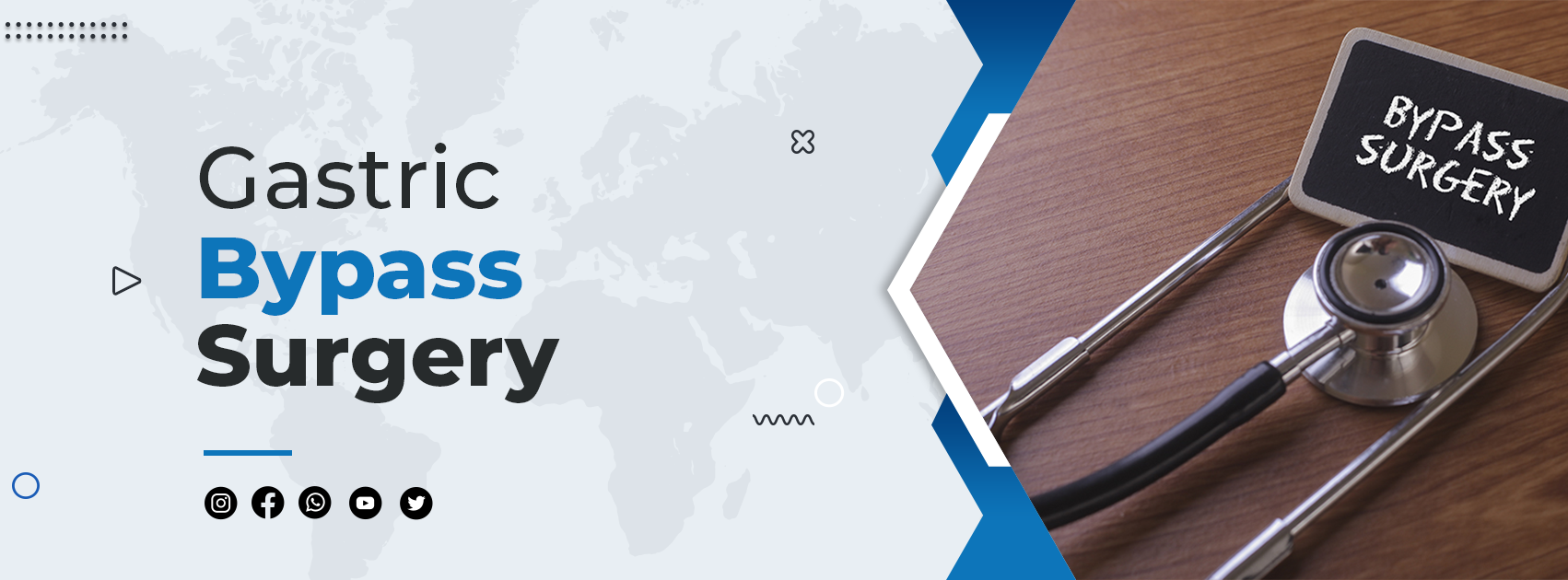
Gastric Bypass Guide
Gastric bypass surgery is a form of bariatric surgery, or weight loss surgery. Your surgeon will make changes to your stomach and small bowel throughout gastric bypass surgery to alter the way they digest food. Following gastric bypass, ingested food goes into this small pocket of the stomach and then straight into the small bowel, bypassing most of your stomach and the very first portion of your small bowel.
Most of the time, gastric bypass and other weight-loss surgeries may be a choice to you if: your body mass index (BMI) is 40 or above (extreme obesity). But the gastric bypass is not for anyone who is severely overweight. You might need to comply with certain health requirements to qualify for weight-loss surgery. You're likely to have an extensive review process to see whether you apply. Gastric bypass helps to reduce weight loss by: reducing the amount of food, the stomach carries, reducing the number of calories and nutrients the body processes, increasing the intestinal hormones which make you feel better, lead to the reduction of hunger and the reversal of obesity-induced metabolic syndrome.
How do you prepare?
When you apply for gastric bypass, the health care team will give you guidance on how to prepare for surgery.
Food and medications
Before surgery, give your doctor and any other health care provider a list of all the medicines, vitamins, minerals and herbal or dietary supplements you take. Talk to your doctor before your surgery if you are taking blood-thinning drugs. You will need to initiate a physical activity program to avoid any tobacco use. You may also need to prepare for recovery following surgery by planning. For example, if you think you're going to need it, plan for support at home.
Steps in gastric bypass surgery
Before this surgery, you will have general anesthesia. You're going to be asleep and pain-free. During gastric bypass surgery, there will be 2 phases:
- The first step would be to make your stomach smaller. Your doctor uses staples to separate your stomach into a small upper section and a wider lower section. The top part of your stomach is where the food you eat is going to go.
- The second step would be the by-pass. Your surgeon attaches a small portion of your small intestine to a small hole in your pouch. The food you eat is now going from the pouch to this new opening and to the small intestine. As a result, less calories will be consumed by your body.
Aug 01, 2018